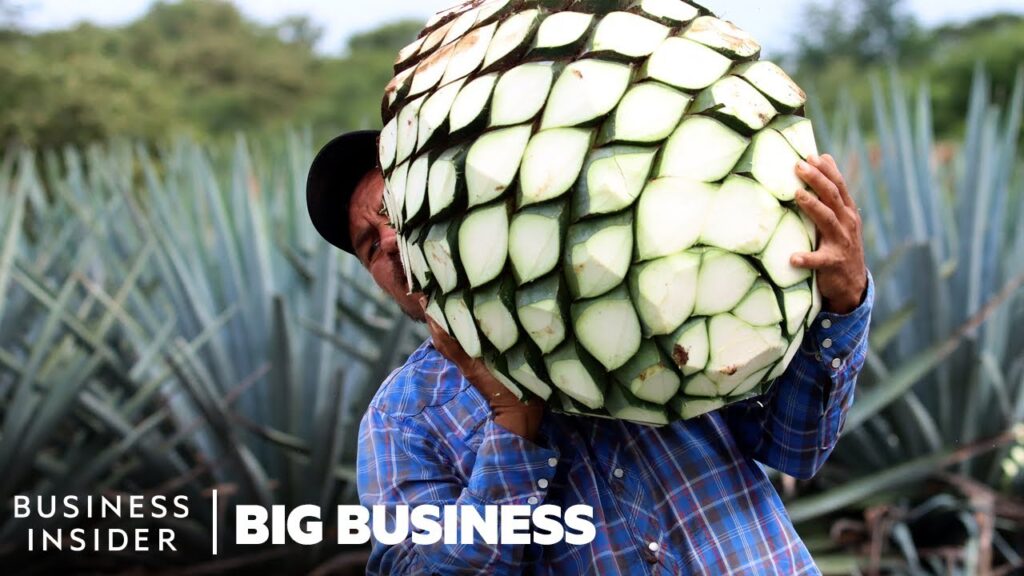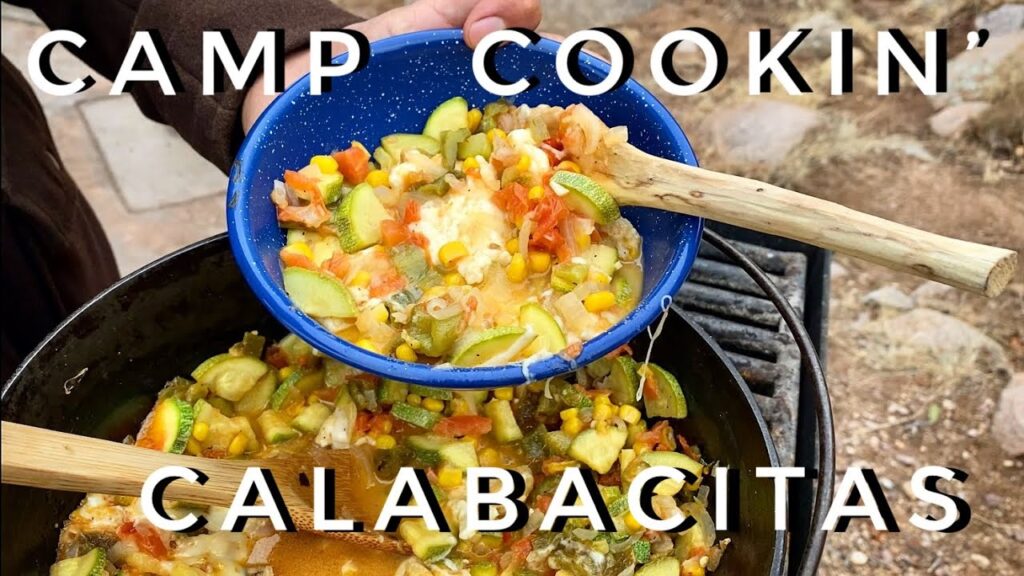Discover Sotol: The Ancient Mexican Spirit
Embark on a journey through the rugged landscapes of Northern Mexico, where the wild sotol plant has been harvested for centuries to produce a unique and complex spirit. Sotol, often confused with its more famous cousins tequila and mezcal, has a rich cultural history deeply rooted in the traditions of the indigenous peoples of the region. Its earthy flavors tell a story of the land, capturing the essence of the soil, climate, and biodiversity.
Traditionally crafted by the skilled hands of the sotoleros, sotol distillation is a labor of love that requires patience and precision. Unlike agave-based spirits which take years to reach maturity, the sotol plant, a type of dasylirion, is harvested when its core is ripe with sugars, ready to be cooked, fermented and distilled. Sotol stands out with its unique terroir-driven taste that varies significantly from one region to another, with notes ranging from herbal to fruity, and sometimes even smoky.
The sotol production process is an art form dating back over 800 years, and in recent times, it has been experiencing a renaissance among spirit enthusiasts. As you sip on sotol, not only are you indulging in a beverage with a distinctive flavor, but you are also participating in the preservation of this ancient tradition. The spirit’s versatility makes it a favorite among bartenders and connoisseurs alike, perfect for crafting innovative cocktails or enjoying pure, reflecting the spirit’s true profile.
The Rich History of Sotol: Mexico’s 800-Year-Old Alcohol
Sotol, an intoxicating beverage that has been part of Mexican tradition for centuries, carries with it not just the buzz of alcohol but the weight of history. Long before the Spanish conquistadors set foot on the land that is now Mexico, the indigenous people of the region were harvesting the sotol plant, known scientifically as Dasylirion wheeleri, to create a fermented drink. This practice dates back to approximately 800 years, making sotol one of the oldest known alcoholic drinks in North America.
The sotol plant thrives in the arid deserts of northern Mexico, a testament to the resilience required for survival in these harsh conditions. The Chihuahua, Durango, and Coahuila regions are particularly noted for their production of sotol. There, the «sotoleros» – master sotol makers, pass down their knowledge of the distillation process from generation to generation, preserving the traditional methods. When harvested, the heart of the sotol plant, or «piña,» is cooked in pits over wood and rocks, imparting a unique smoky flavor characteristic of authentic sotol.
Unlike tequila or mezcal, sotol is made exclusively from the sotol plant, not the agave. This distinction gives sotol its own unique identity within the rich tapestry of Mexican spirits. Each variety of sotol reflects the distinct terroir of the region where the plant is grown, with subtle differences in flavor and aroma. Enthusiasts prize it for its herbal, earthy notes, akin to the desert landscape that is its home.
Although sotol remained largely unknown outside of Mexico for many years, its reputation has begun to spread across borders, enticing international palates seeking artisanal and authentic experiences. In modern times, sotol has started to appear on the menus of high-end cocktail bars and in specialty liquor stores around the world, making the history of this ancient beverage richer with every pour.
Experience the Tradition of Sotol: A Drink to Ward Off the Cold
As the winter chills roll into the vast and varied landscapes of Mexico, locals turn to a time-honored tradition to keep the cold at bay: sipping on Sotol. This distilled spirit, with its roots deep in the heritage of Northern Mexico, particularly in the states of Chihuahua, Durango, and Coahuila, is made from the Sotol plant, a type of Dasylirion that thrives in the arid desert.
The Making of Sotol
Sotol is a testament to the patience and skill of the Mexican distillers, known locally as «sotoleros». The process begins with the harvest of mature plants, which can take over a decade to reach the perfect age for distillation. After harvest, the hearts of the plants, or ‘piñas’, are cooked in ovens underground, a method that imbues the drink with its distinct smoky flavor. Once cooked, the piñas are crushed, fermented, and distilled, resulting in a clear liquid that captures the essence of the Mexican desert.
Sharing Sotol, Sharing Culture
While sotol can certainly be enjoyed alone, it is deeply entrenched in the social fabric of Mexican life. Sharing a bottle of Sotol is not just about enjoying a drink; it’s about sharing stories, warmth, and friendship. Whether it’s gathered around a fire under a starry desert night or in the festive atmosphere of a local cantina, sotol serves as liquid camaraderie, a symbol of the Mexican spirit of community that never wanes, even when temperatures drop.
Sotol: Embracing the Mexican Heritage of Time-Honored Distillation
Delving into the heart of Mexican culture reveals a tradition as enduring as the sierras: the crafting of Sotol, an artisanal spirit distilled from the sereque or Desert Spoon plant native to the northern regions of Mexico. This ancient libation, once the soul of indigenous ceremonial gatherings, conveys a story of heritage and the unyielding bond between the Mexican people and their arid yet bountiful land.
The distillation process of Sotol is as much an art as it is a science, perfected over centuries. Artisanal producers harvest the heart of the sereque plant, known as the «piña,» after the plant has matured for 15 years on average. These hearts are then cooked in ovens dug into the earth, crushed, fermented, and distilled with painstaking care. The result is a spirit with a unique profile, boasting a diverse array of flavors—from earthy tones to hints of citrus and smokey finishes—each bottle a reflection of the very soil and climate from which it originates.
Today, Sotol stands on the brink of a renaissance as aficionados of fine spirits around the globe seek out its distinctive taste and embrace its cultural storyline. Unlike its cousins tequila and mezcal, which have long enjoyed international acclaim, Sotol is just beginning to command the attention it deserves, offering not just a sip of alcohol but a taste of Mexico’s rich history and the resilience of its people, their traditions, and their ancestral knowledge meticulously preserved in every drop.
Cultural Significance of Sotol: More Than Just a Beverage
Sotol, a distilled spirit emblematic of the northern regions of Mexico, particularly in the states of Chihuahua, Durango, and Coahuila, carries a historical weight and cultural depth that surpasses its simple categorization as an alcoholic drink. This beverage, distilled from the Dasylirion plant, often known as the Desert Spoon or Sotol plant, has been a part of indigenous and mestizo traditions for centuries, reflecting the rich tapestry of Mexico’s cultural heritage.
For the local indigenous groups such as the Tarahumara (Rarámuri), Sotol is more than a drink; it is a spiritual element integral to religious ceremonies and communal gatherings. The production and consumption of Sotol are steeped in ritual significance, often used to call upon divine protection or celebrate important milestones, intertwining its existence with the social fabric of these communities.
Throughout the history of the region, Sotol has played a significant role in the economy and identity of northern Mexico. It has been a form of currency, a medicinal remedy, and a symbol of resistance during the Mexican Revolution. This multifaceted impact reveals the complex relationship between a culture and its natural environment, showcasing how a region’s flora can become deeply interwoven with its people’s way of life.
Expert artisanal Sotol producers continue to employ time-honored methods passed down through generations, ensuring that the spirit retains its authenticity and connection to its ancestral roots. These traditional practices are not only vital for preserving cultural integrity but also for maintaining the delicate balance with the often harsh and unforgiving desert ecosystem from which the Sotol plant is harvested.
Today, Sotol is experiencing a renaissance, gaining appreciation as a fine spirit on the international stage and prompting dialogue about biodiversity conservation, sustainable farming practices, and cultural preservation. For many, the drink stands as a testament to Mexico’s rich cultural diversity and ingenuity, a liquid embodiment of the land and its history, carrying the essence of the nation’s spirit.



